Description
A monumental history of the North Eastern Railway, by W. W. Tomlinson (1858-1916) was published in1915, with a measure of official backing, and copies were sold to staff members at a subsidised price. This is immensely detailed, packed with opening dates, Acts of Parliament, local newspaper extracts and many illustrations. However it ends in 1904, and the last couple of decades arerepresented just by lists of events and dates.
Bell wrote this book to remedy this deficiency, as it was during this latter period that the North Eastern was “raised to a foremost place among our railways”. Bell is a better read than Tomlinson, because he new many of the personalities involved, and was at, or near the centre of events for many years. He was Assistant General Manager to Ralph Wedgwood (Sir Ralph from 1924 ) firstly of the North Eastern Railway at at York, then at King’s Cross when Wedgwood was appointed Chief General Manager of the “grouped” LNER, continuing until Wedgwood retired in 1939. Throughout this period, Bell ran the much admired management training and development programme called the Traffic Apprenticeship Scheme, initiated by Sir George Gibb in the 1890s. The objective was to recruit suitable young men from the universities, public schools and grammar schools, and over a three year period, while they studied for various examinations, move them round a planned job rotation programme, real jobs, not supernumerary posts, after which those who had made the grade would be offered an initial appointment to a management position. Traditionally, it was possible for a boy to enter railway service as a junior clerk, rising in due course to appointment as a Chief Officer, then General Manager, Amongst others, Fay, GCR, Pole, GWR and Missenden, SR all began as15-17 year old boys. Existing members of LNER staff below the age of 24 could apply to sit the Traffic Apprenticeship entry exam. A promising youngster might be invited to apply.
Bell interviewed the boys as part of the selection process (they were also seen by Wedgwood) and Bell saw them at intervals during their training, to discuss progress – or lack of it. Criticism from Bell was akin to being “lashed by scorpions” according to one who incurred his displeasure. Of diminutive stature, which he attempted to hide by always sitting behind a desk. A dour Scotsman, with a steely eyed gaze, which Gerard Fiennes described as a “basilisk stare”, he nonetheless inspired respect, and indeed a degree of affection amongst the young men whose careers he helped to shape.
His affection for the old North Eastern Railway, and the notable characters who made it what it was shines through in this book.

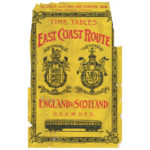
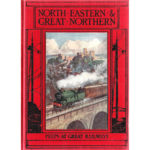
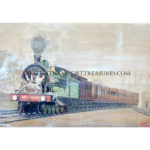
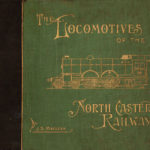

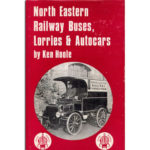
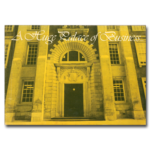
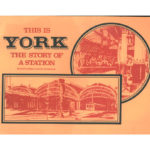

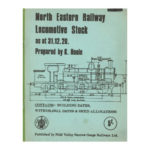
Reviews
There are no reviews yet.